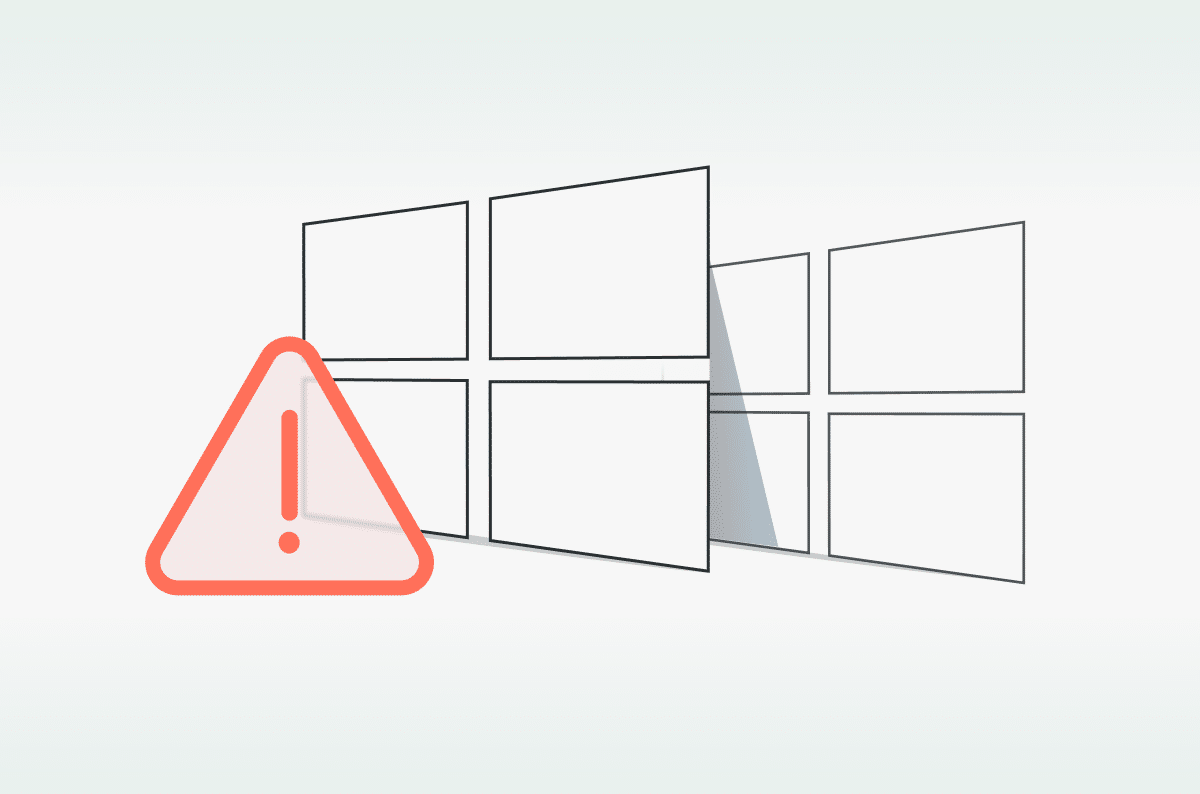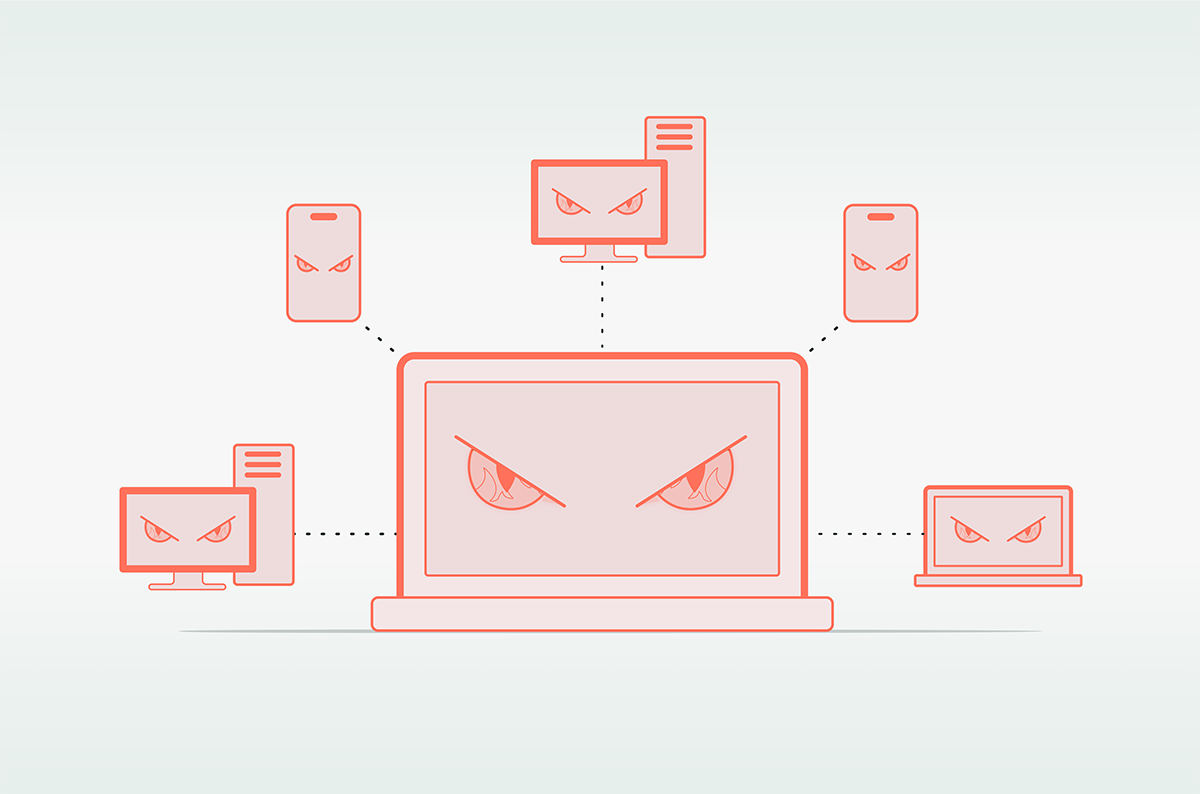Showing 0 results
Cato CTRL Threat Research: Ballista – New IoT Botnet Targeting Thousands of TP-Link Archer Routers Cato CTRL Threat Brief: CVE-2024-49112 and CVE-2024-49113 – Windows LDAP Vulnerabilities (“LDAPBleed” and “LDAPNightmare”) Cato CTRL Threat Brief: CVE-2024-3661 – VPN Vulnerability (“TunnelVision”)Cato Protects Against MOVEit vulnerability (CVE-2023-34362)Cato Protects Against CVE-2023-23397 Exploits


















